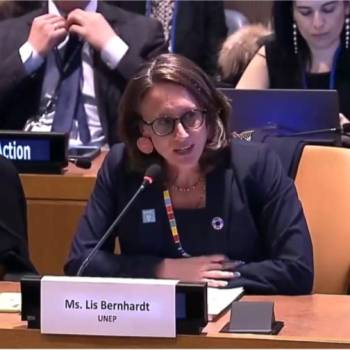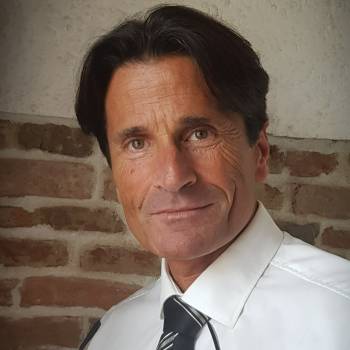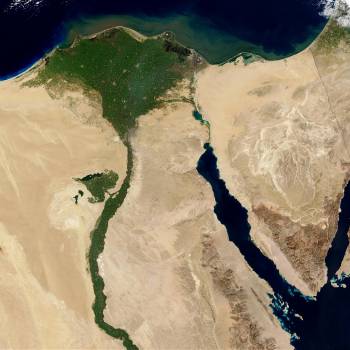
- New toolkits and free lesson plans online for teachers based on the success of the animation and video game Reset Earth Secretariat Ozone UNEP (United Nations Environment Program).
- Targeting tweens by embracing animation and games to create innovative online lessons to raise awareness about the ozone layer and environmental protection
- Available online in digital and print format for universal access
In support of World Day of Education and teachers in search of new documents on awareness and protection of the environment, the Ozone Secretariat of the United Nations Environment Program has drawn in animation and fun activities to develop innovative lesson plans for teachers and workbooks for students.
Targeting tweens (8-12 years) and using short animations and scenarios reset Earth , Knox protagonists, Terran and Sagan tell how the ozone layer is preserved. The toolkits are available online and for free on the educational platform of the Ozone Secretariat. Specially designed to meet the growing demand for innovative virtual learning materials and quality, toolkits have also been adapted for printing and episodes are available in a comic format for universal access.
The first phase of the toolkits aims to provide a springboard into environmental science to help educate, raise awareness and inspire action among young people about the importance of the ozone layer and the continued need to protect it . Phase II, targeting adolescents, is in development and will be launched soon.
“ I cannot stress enough the importance of continued protection of the ozone layer and the history of the Montreal Protocol at this time of acute climate crisis,” said the Executive Secretary of the Secretariat to the ozone, Meg Seki. “It's a story of hope for our young generation. It is also a reminder for all of us to strive for global cooperation and partnership to develop and implement science-based global environmental policies. »
The ozone layer is an invisible shield that exists 15-35 km above the Earth's surface in the stratosphere, protecting humans, animals, plants and vital ecosystems from harmful UV rays.
In the 1980s, scientists discovered a huge hole in the ozone layer, caused by emissions of chlorofluorocarbons (CFCs). This man-made chemical has been used in many products – spray cans, refrigerators, air conditioners, foam insulation, fire extinguishers, solvents and many more.
Alerted by scientists, world leaders and policymakers have worked together, taking urgent action to control and phase out CFCs and other ozone-depleting substances globally. The Montreal Protocol on Substances that Deplete the Ozone Layer was adopted in 1987. Since then, it has been universally endorsed by 197 countries and the European Union, making it one of the most comprehensive environmental treaties. successful all the time. The phasing out of substances that deplete the ozone layer has also contributed significantly to curbing climate change, as these substances are very potent greenhouse gases.
But restoring the damaged ozone layer to pre-1980 levels will take decades. It will require constant vigilance and protection from the Montreal Protocol community and generations to come. The environmental challenges facing the next generation of young people are many. But the story of the ozone layer and global collaboration to protect it is a story of hope. The Montreal Protocol reminds us that when the world comes together in cooperation and partnership, and guided by science, humanity can solve major global crises.
About the UN Ozone Secretariat
The Ozone secretariat is low ed in Nairobi, Kenya, in the United Nations Program for Environment (UNEP). He's the secr e tariat two related e d / V ery important agreements on the protection of ozone: the Vienna Convention for the Protection of the Ozone Layer and the Montreal Protocol on Substances that Deplete the ozone layer. Both play a major role in protecting the ozone layer and reducing its depletion. The Secretariat's mission is to facilitate the effective implementation of the Vienna Convention and the Montreal Protocol and its amendments.
About UNEP’s 50th Anniversary
The 1972 United Nations Conference on the Human Environment in Stockholm, Sweden, was the first-ever UN conference with the word “environment” in its title. The creation of the UN Environment Programme (UNEP) was one of the most visible outcomes of this conference of many firsts. UNEP was created quite simply to be the environmental conscience of the UN and the world. Activities taking place through 2022 will look at significant progress made as well as what’s ahead in decades to come.
About the UN Environment Programme
The UN Environment Programme is the leading global voice on the environment. It provides leadership and encourages partnership in caring for the environment by inspiring, informing and enabling nations and peoples to improve their quality of life without compromising that of future generations.
Posted on 2022-01-26 10:51








Comments